A good singing pose... is standing up, right? Not sitting, ideally. But... yoga poses, really! Yes.
As a singer who started out with zero body awareness I can tell you - yoga has changed my life and my singing. I go as far as saying that I could not have reached a professional level without yoga.
I’m not a yoga teacher, but I use yoga in my singing and teaching every day, all day. (Check out everything I have to say about singing and bodywork).
Singers of all levels: ignore this at your peril. Each singing student of mine gets a bodywork routine (mostly yoga poses or a sequence) to do at home before they even make any sound. And this is why.
What we need for good singing
Some things yoga works on
Notice any similarities between the two lists 😉 ?
Yoga poses that will help your singing
The breath is understandably crucial to singing. Not only is it key to inhale properly and deeply with no tension. But also, singing relies on airflow. So by keeping the body open as we exhale and having nothing in the way of our airflow, we establish the very basis of good singing.
If you want all those beautiful perks of singing with an open, capable body - here are the poses you should be doing. I’m telling you - there is nothing like it.
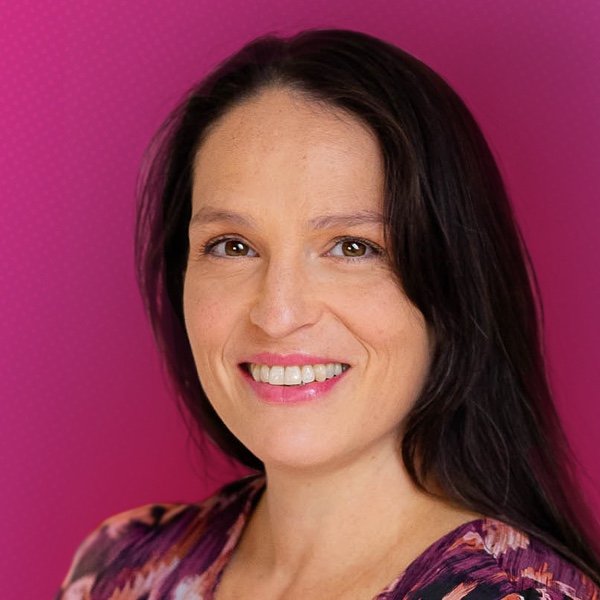
After you are familiar with and well versed in these poses, you can start replacing the exhale with some sounds. Start with one sound: A vocal consonant or one vowel, then you can experiment with warm-up exercises and singing whole phrases from a song.
1. Singing in Cat & Cow pose: smooth beginning of the sound
This helps a lot with runs and riffs (fast melodies) and when you tend to make too much of an effort right on the first note. That’s more common a problem than you might think.
Also loosens up the hip joint, always nice for general posture.
Tip: inhale through your mouth, you’ll feel the pharynx - the back of the throat, and the main resonator of your instrument - a lot more clearly.
Pointers Cat & Cow
You should be going back and forth from one pose to the other. The inhale should be on the cow pose, neutralizing the shoulders and allowing the air to enter a lot deeper and expand the lungs more. The exhale is during the cat pose, relaxing the neck muscles and then stretching them, making them also neutralized and therefore not involved with sound making. The beginning of the sound will be a lot smoother and easier.
No longer a little mouse...
Maybe you feel it's time to stop shushing your own voice. My weekly 'Belting Mouse' mail shows you how to. It gets you on track with stories and insights from my life as a singer and that of my students.

For 'little mice' who are tired of squeaking and want to start belting...
2. Singing in Sun salutations: no hesitations
This sequence of poses is fantastic as a general bodywork routine before you start warming up your voice.
But you can also use it while you are practicing your song. If you are one of those who constantly stop or slow down during the phrase, judge it and then get frustrated that it’s not working (welcome to the club!) this is for you, because:
->> The fact that you are on the move is extremely helpful to maintain the airflow. Plus: all the poses in this sequence are releasing your body parts one by one.
Pointers Sun salutations
Ashton August’s tutorial of the Sun Salutation for beginners hits the nail on the head. If you have little experience with the Sun Salutation - that’s what you should follow.
Case study: how a singer benefited from yoga
Back when I was singing and teaching in Berlin, I had a student who I will call Francis here. She was a very difficult case, in the beginning barely producing any sound at all. Especially the muscles around her throat were super tense. It all sounded really strangled - because her throat and neck were so stiff. Her singing was off pitch.
In the beginning she also had no awareness of what she was doing, be it right or wrong.
The first time I made her feel her chest resonance, she was completely shocked:
'Oh my God, my voice is huuuuge!'
It wasn't, but it felt huge to her.
What I liked about Francis was that she made up for her disadvantages by being super enthusiastic. So every little change she perceived as the most fantastic, huge progress. I encouraged it. She was fantastically optimistic. Imagine a French accent as she would say:
'My voice is amaaaazzingg...'
I still had to figure out what to do with her constricted voice, shoulders and throat. I kept telling her: you have to do yoga. We did a few yoga exercises in the lessons. These were helpful, but it all amounted to rather slow progess for a few months.
One day she came back from a three week vacation in Portugal. And I could not believe my ears. Her voice was much more fluent, much more resonant, and she was easy to work with. Her voice was adjusting much more easily.
I asked: What did you do? She said: I took your advice and went to do yoga on my vacation. I asked her: how often? She said: every day. She had found some type of a retreat there.
At the end of that lesson she sang a French song beautifully, and in tune. It was hard to believe it was the same person standing in front of me.
As you can imagine, I was the happiest teacher on earth. And we never looked back.
3. Singing in Preparation Ardha Chandrasana, against the wall: remove neck/shoulder tension completely
This is the first pose my first voice teacher showed me. Because my shoulders we so tense they were constantly lifted - I looked like a football player.
This pose helps showing the shoulder blades their way back to their lawful place, and it neutralized the trapezius which often is tense for most people.
That means less tension around the base of the neck -> free neck means free larynx and - yay, let’s sing!
Also, it’s very handy if the floor is too dirty, but you do have a wall.
speaking about yoga...
I am going to tell you fair and square: you won't even get close to your full potential as a singer if you don't do a form of bodywork like yoga.
Pointers Ardha Chandrasana
The aim is 90 degrees between torso and legs, but more important is that neck and back are aligned.
4. Singing in Dog looking down pose - add gravity to the mix
There is a reason why almost everyone has heard of the dog looking down. It’s simple and it’s beneficial as hell. And for singers it’s an absolute life saver. This pose will give you a wonderful feeling of expanded ribs and low breath, combined with an aligned torso and free neck = success.
This time you are leaning on your hands and knees with your butt in the air - allowing gravity to gently push your shoulders back into place.
Pointers Dog looking down
We have this pose as a part of the sun salutation, but you can also go straight into this pose and linger for a few breaths.
Why yoga is good for singing
5. Singing in Extended Child’s Pose - have a (very vocally effective) rest
Sometimes a yoga teacher will instruct you to rest in child's pose, instead of staying in the dog looking down pose. I love it, it feels like resting but it’s doing the necessary work to relax the shoulders and open the hip joint - that’s a real boost for your alignment and open breath. Give it a try.
Pointers Extended child's pose
Inhale by lifting the head a bit, and while exhaling, relax the head down. Place a block or a book under your forehead, if needed, to get your neck and back in a straight line.
6. Singing in Pigeon Pose - for more range and volume
This is intense but so is the result. I work with this pose for singing high notes, and boy do they come easy!
If you are not hyper-flexible you’ll know what I’m talking about. The slightly painful (in a good way) opening of the hip joint is fantastic to feel all the inside of your body.
If you are super flexible and don’t feel the stretch here, try and increase the angle between your front shin and the thigh as if they are extending to a split. You’ll feel it at some point 🙂
Pointers Pigeon pose
If you inhale with an open mouth you’ll probably feel your pharynx (which is the main resonator in the body) right away. Then focus on the connection between that and your back ribs. This will give you a huge instrument and a lot of power.
7. Singing in Elbow Hold Uttanasana - establish a column of air
A student of mine, a yoga teacher by the way, had a tendency to tense his neck and pick his head up all the time, like so many people do.
That interferes with the airflow, so I asked him: what yoga pose releases the neck and helps a good position of the head? Uttanasana, he said immediately, and solved his own issue.
That elbow holding pose is also directly related to shoulder relaxation. It aligns the posture and therefore gives a feeling of the air filling you all the way from the nose level to the bottom ribs. It’s incredibly helpful and easy to sing when you have all the air in the world and nothing stopping it!
Pointers Elbow hold Uthanasana
You can do it standing up (arms should continue the line of the torso and ears next to the arms) or bend over: make sure your upper body is dangling and not held. Especially your head.
Which one of these poses is your favourite one to sing in? Which is the most effective as a singing pose? I’ve found that for different people, different poses are effective. For me, when recording the above videos, the child’s pose felt most liberating.
I’m sure you’ll find that yoga is both a bag full of quick fix tricks AND a learning tool to discover how your body sings with maximum openness and minimum effort.
When I sing while doing yoga, I feel like the yoga is singing, and all I have to do is just relax and have a good time. I wish the same experience for you, so get to it.
Namaste and enjoy singing!
Also check out the other articles about getting in shape, such as the one about Alexander technique for singers.
Speaking about yoga...
I am going to tell you fair and square: you won't even get close to your full potential as a singer if you don't do a form of bodywork like yoga.

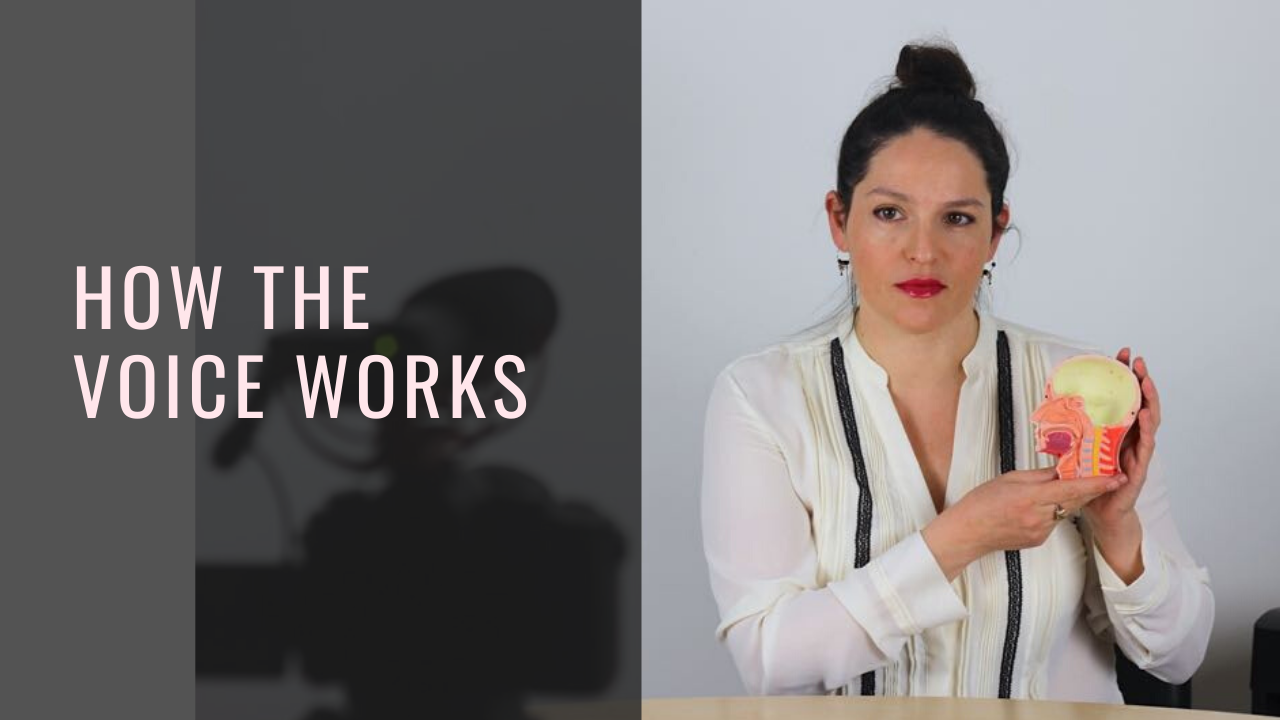
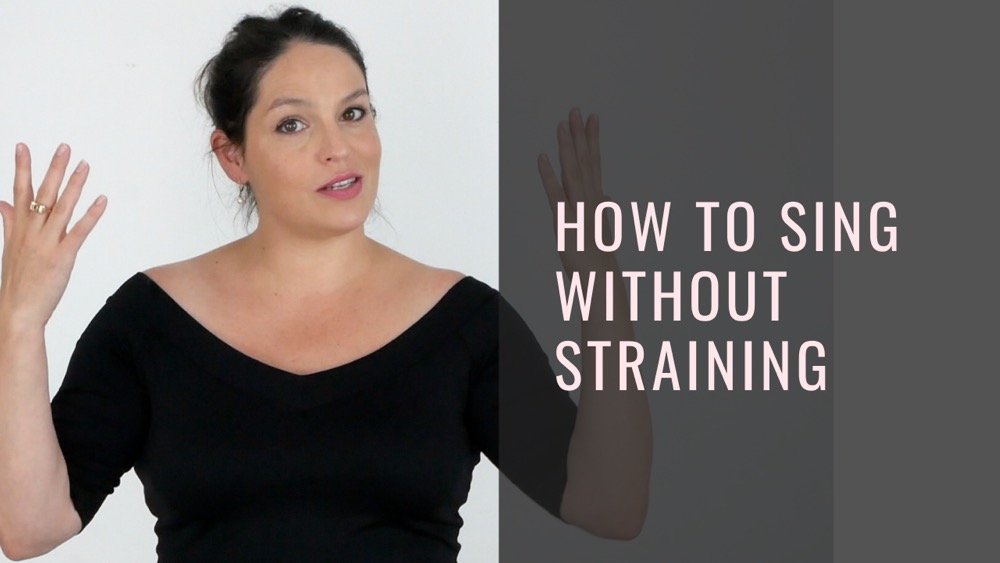
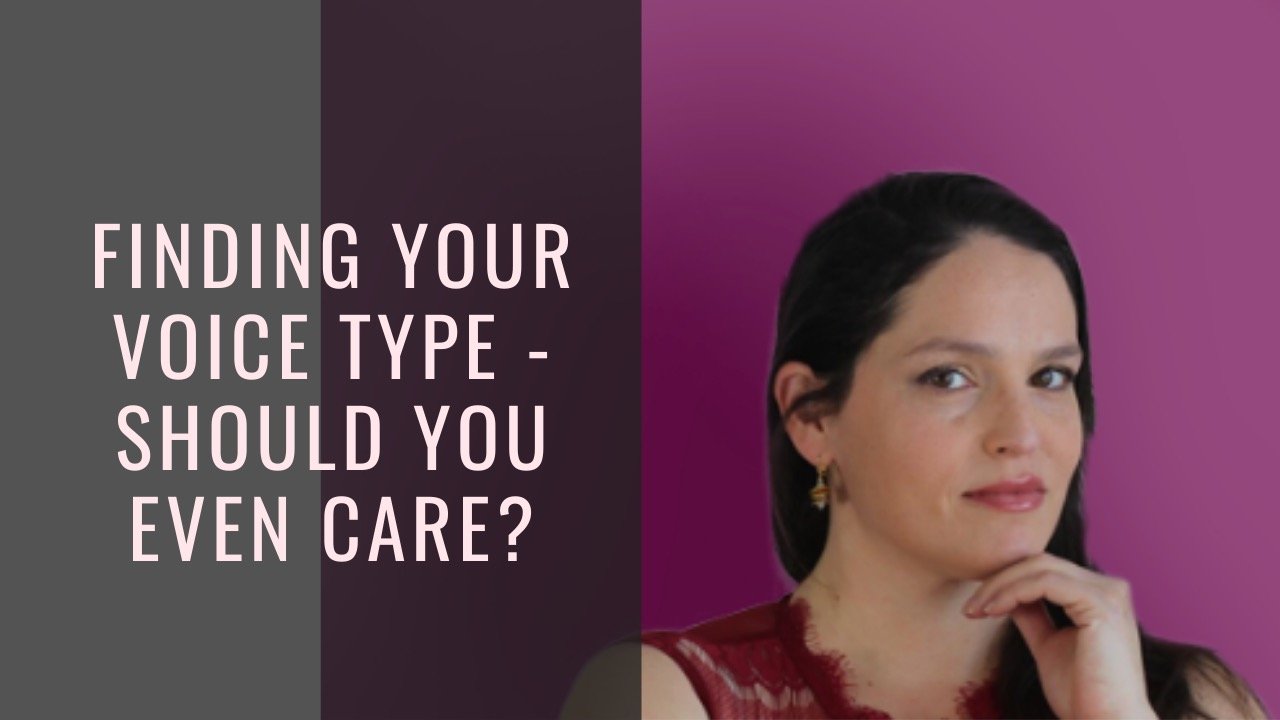
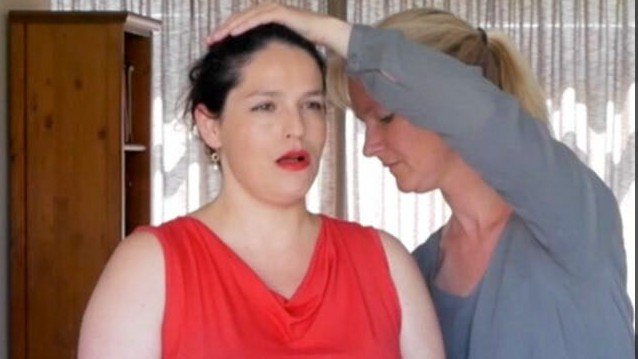
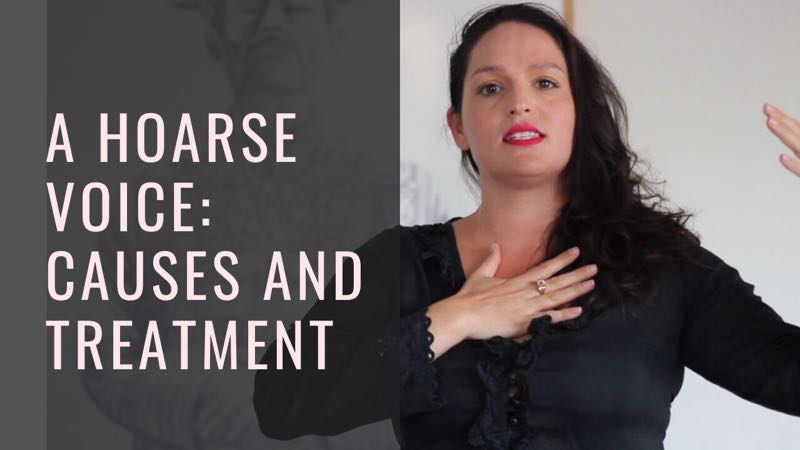
What a great article!! Thank you for sharing. I will try these poses during my practice today.